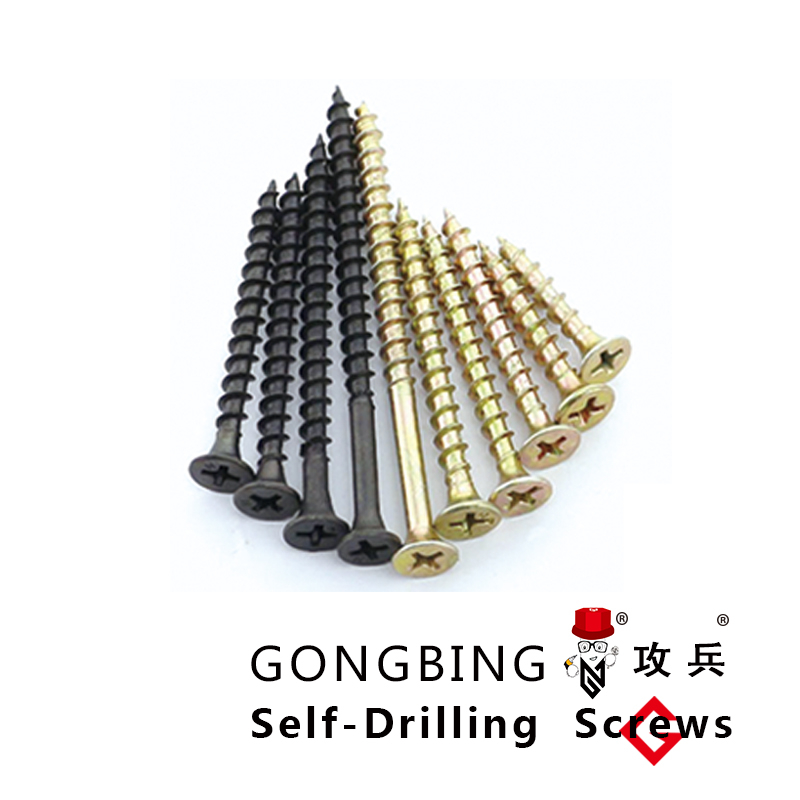chemical fix anchor bolts
Chemical Fix Anchor Bolts A Comprehensive Overview
Chemical fix anchor bolts are an essential component in modern construction, providing robust and durable fixing solutions in various applications. These anchors utilize chemical bonding agents to achieve superior performance in anchoring applications, especially in challenging substrates such as concrete and masonry. This article will discuss the characteristics, benefits, applications, and installation processes associated with chemical fix anchor bolts.
Characteristics of Chemical Fix Anchor Bolts
Chemical fix anchor bolts consist of a metal bolt combined with a resin or adhesive that is used to fix the bolt into a pre-drilled hole. The most common types of adhesives used are epoxy, polyester, and vinylester resins. These adhesives are characterized by their high tensile and shear strength, excellent load-bearing capabilities, and resistance to environmental conditions, such as moisture and temperature fluctuations. This makes chemical fix anchors exceptionally reliable for heavy-duty applications.
Benefits of Chemical Fix Anchor Bolts
One of the primary advantages of chemical fix anchor bolts is their ability to create a strong bond with the substrate material. This bond is often stronger than the concrete or masonry itself, reducing the risk of anchor pull-out or failure under load. Furthermore, chemical anchor fasteners are less susceptible to vibration, rust, and corrosion, which is particularly beneficial in environments where mechanical anchors might deteriorate over time.
Another significant benefit is the flexibility they offer in terms of positioning. Unlike traditional mechanical anchors, which require specific spacing and depth to function effectively, chemical anchors can be installed closer together, allowing for more efficient use of space and materials. Additionally, chemical fix anchors can be installed in wet conditions and even underwater, expanding their usability in various construction scenarios.
chemical fix anchor bolts

Applications of Chemical Fix Anchor Bolts
Chemical fix anchor bolts are widely used across numerous industries. In construction and civil engineering, they are employed for securing structural steel, machinery, and equipment to substrates, as well as for anchoring facades, canopies, and other architectural elements. They also play a critical role in the installation of handrails, signage, and other features in both commercial and residential settings.
Beyond construction, chemical fix anchor bolts find applications in the manufacturing sector, where they secure heavy machinery and fixtures. Their ability to withstand rigorous operating conditions makes them a preferred choice for environments prone to vibration and stress. Moreover, they are increasingly utilized for establishing secure installations in outdoor settings, including telecommunications towers, wind turbines, and solar panel mounts.
Installation Process
The installation of chemical fix anchor bolts involves several straightforward steps. First, a suitable site is selected, and a hole is drilled into the substrate with the appropriate diameter and depth. The hole must be cleaned thoroughly to remove any dust or debris, which can impede the bonding process. Next, the chemical resin is injected into the hole, followed by inserting the anchor bolt. The bolt must be turned to ensure proper mixing of the adhesive. Finally, the anchor is left to cure for the specified time, typically ranging from a few hours to a full day, depending on the product used and environmental conditions.
In conclusion, chemical fix anchor bolts are an invaluable asset in modern construction and engineering. Their superior bonding capabilities, adaptability to various materials, and resistance to environmental factors make them ideal for a wide range of applications. As the industry continues to evolve, the demand for reliable and effective anchoring solutions like chemical fix anchor bolts will undoubtedly grow.
-
Weatherproof Plastic Expansion Anchors for OutdoorNewsJun.06,2025
-
Sustainability in the Supply Chain: Eco-Friendly TEK Screws ProductionNewsJun.06,2025
-
Load-Bearing Capacity of External Insulation FixingsNewsJun.06,2025
-
Double Head Bolts: Enhancing Efficiency in Industrial MachineryNewsJun.06,2025
-
Corrosion Resistance in Chipboard Screws: Coatings for Wholesale DurabilityNewsJun.06,2025
-
Butterfly Toggle Bolts : Enhancing Structural ResilienceNewsJun.06,2025
